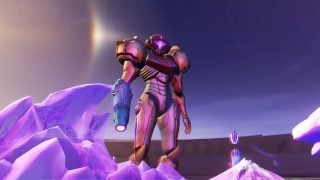It paradoxically feels like so long ago since a 2D Metroid game and yet also like it’s been only a short few years. To an extent, both are true. The franchise hasn’t received a new full-fledged entry since 2002’s Metroid Fusion, but also two remakes in the interim – 2004’s Metroid Zero Mission and 2017’s Metroid Samus Returns – the latter of which only released about 4 years ago. It’s technically been about as long since the last big Mario platformer or Zelda adventure. And yet, even moreso than Samus Returns, Metroid Dread feels like a comeback. Especially in the wake of the Metroidvania genre exploding through the indie scene, Samus is here to remind you all how the Hunter gets business done.
In many ways, Dread is a return to form, a Samus Returns followup that codifies where the franchise stands and where it could go from here. In others, it’s a wonderful evolution, adding elements of stealth and horror alongside its gripping fast paced exploration. And while it does suffer from a couple issues here and there, it’s good enough to wash out any bad taste lingering from how Metroid was treated in the early ’10s.
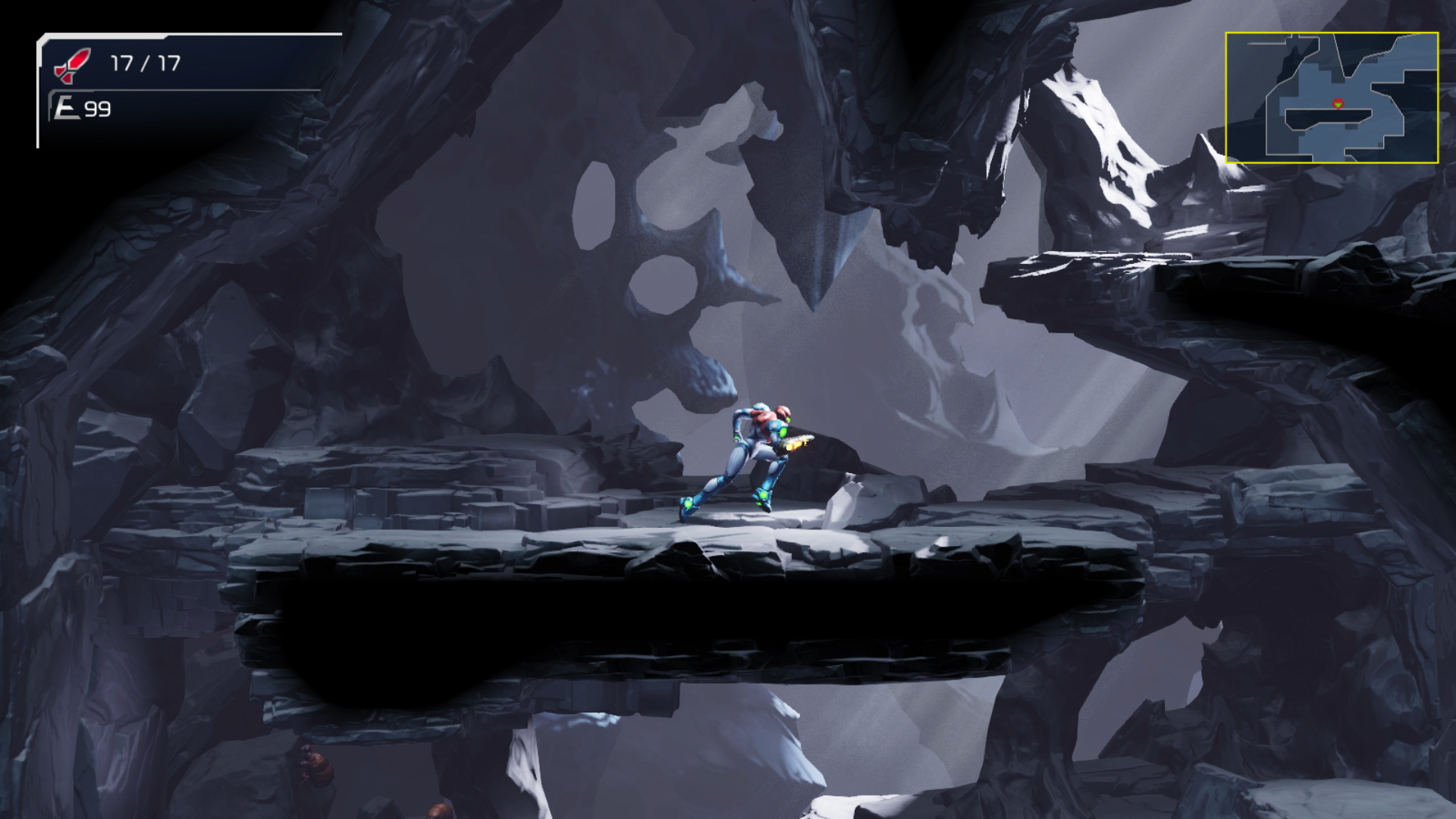
Dread canonically picks up after Fusion, with Samus drawn to a planet called ZDR after X parasites are reported on its surface. The Galactic Federation sends killer E.M.M.I. robots to aprehend them, but the robots’ signals are cut off… leaving no choice but send in everybody’s favorite bounty hunter, who soon discovers, of all people, a Chozo upon the surface. After mysteriously blacking out in an ensuing fight, Samus ends up in the depths of the planet, depowered and seeking answers in the caverns.
If you were confused by any of the terminology in that paragraph, know that Dread expects you to have a decent understanding of 2D Metroid lore going in. While the opening does catch you up to speed, many of its plot beats and emotional moments hinge on you having some preexisting knowledge of the previous games, particularly Fusion. While this may be a bit befuddling to newcomers, as a Metroid veteran it was nice to see the franchise at its best narrative self – Metroid games aren’t necessarily known as literary masterpieces, but they’re often told in a very particular and well-crafted way, implying a lot with just a few scenes and words. After the overwrought and endless monologues of Other M, Samus feels fully herself, and there are moments I felt sheer and unbridled delight at.
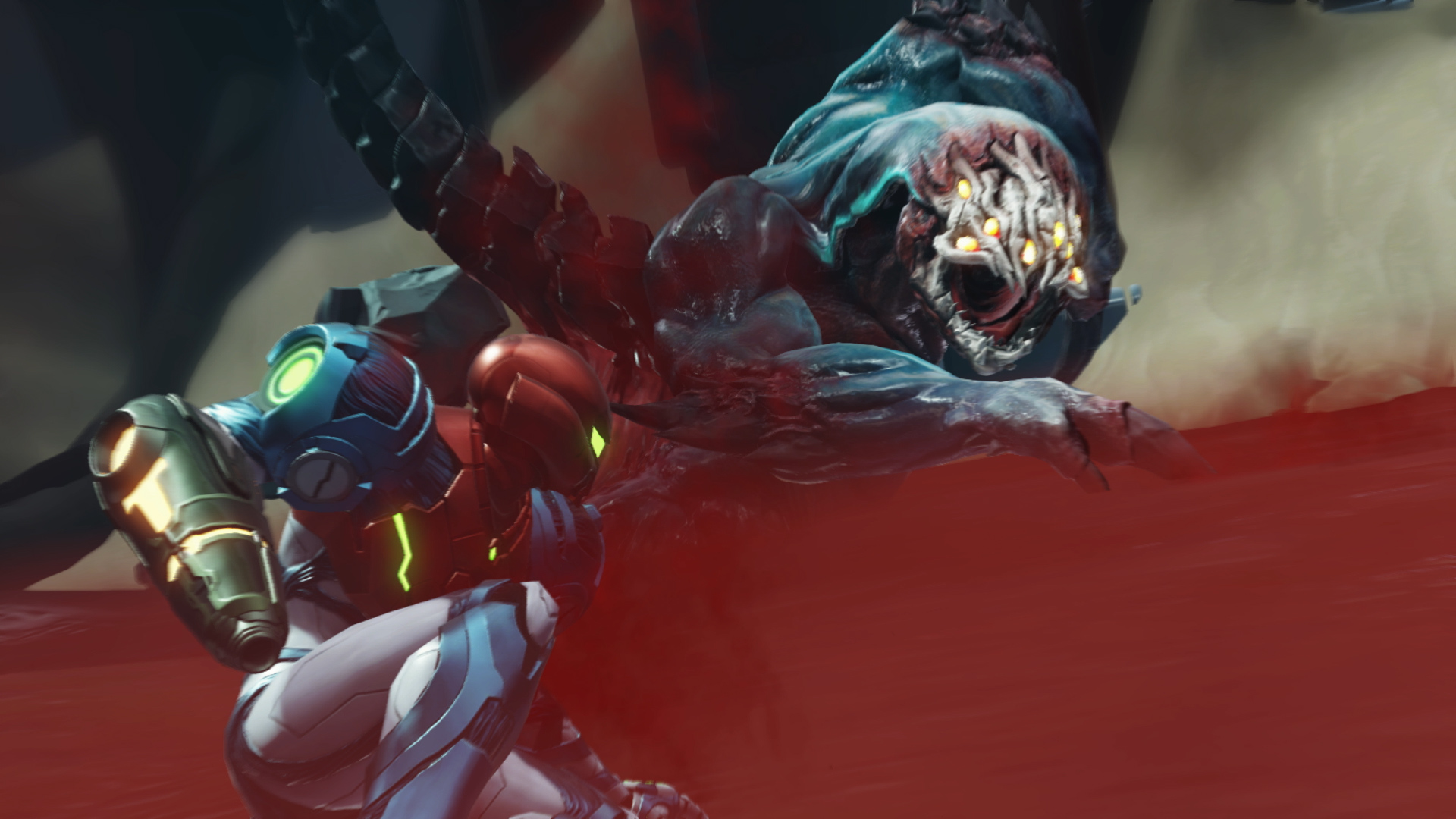
Of course, the story is just a framework for the gameplay, and Dread’s is among the most refined the series has seen. Developer MercurySteam has sharpened a lot of the core mechanics they put into Samus Returns (Melee Counters, Free Aiming, Aeion Upgrades, etc.) and imbues them with a speed and fluidity that’s genuinely engrossing. Exploration is zippy, with no stoppage between screens and a huge planet to spelunk through. Even when the map can be a little frustrating to navigate due to all the pathways, you’re never too far from your destination as long as you redirect yourself properly.
Of course, you may be running around not out of fun, but fear. Dread’s core addition is the aforementioned E.M.M.I.s, which inhabit large zones in each level and instakill Samus upon contact. Encounters with the killer robots play out like a stealth game – you can either try to sneak past carefully when it’s not around, or run like hell to avoid pursuit, and both options have appeals at different times. You even have a split second last chance to save yourself if the E.M.M.I. catches you, though it’s notoriously difficult to pull off – I only activated it 10-20% of the time. Fortunately, the instant Game Overs don’t sting too bad, as you always start right outside the E.M.M.I. Zone thanks to the game’s excellent autosave system. Eventually you get the tool to kill one E.M.M.I. at a time, making for an extermination as tense as it is satisfying.
E.M.M.I.s are a great addition – their mechanically eerie chirps and robotic motions make for a very unique horror element. Instead of terror coming from something alien or monstrous, Samus – now a veritable cocktail of disparate DNA – is now that herself, having to contend with cold killers. Part of me wonders what it would’ve been like to have them free roam entire maps instead of just contained areas, and how threatening and terrifying that would have been, but ultimately the fact that they take up maybe 30-40% of the game is actually a great balance alongside typical run-and-shoot gameplay. While I do think the game could have used just one more E.M.M.I. to hunt (there are 7 total, but it really amounts to 5), they’re a nigh-perfect addition to an already great formula – even if they do kill you over and over again.
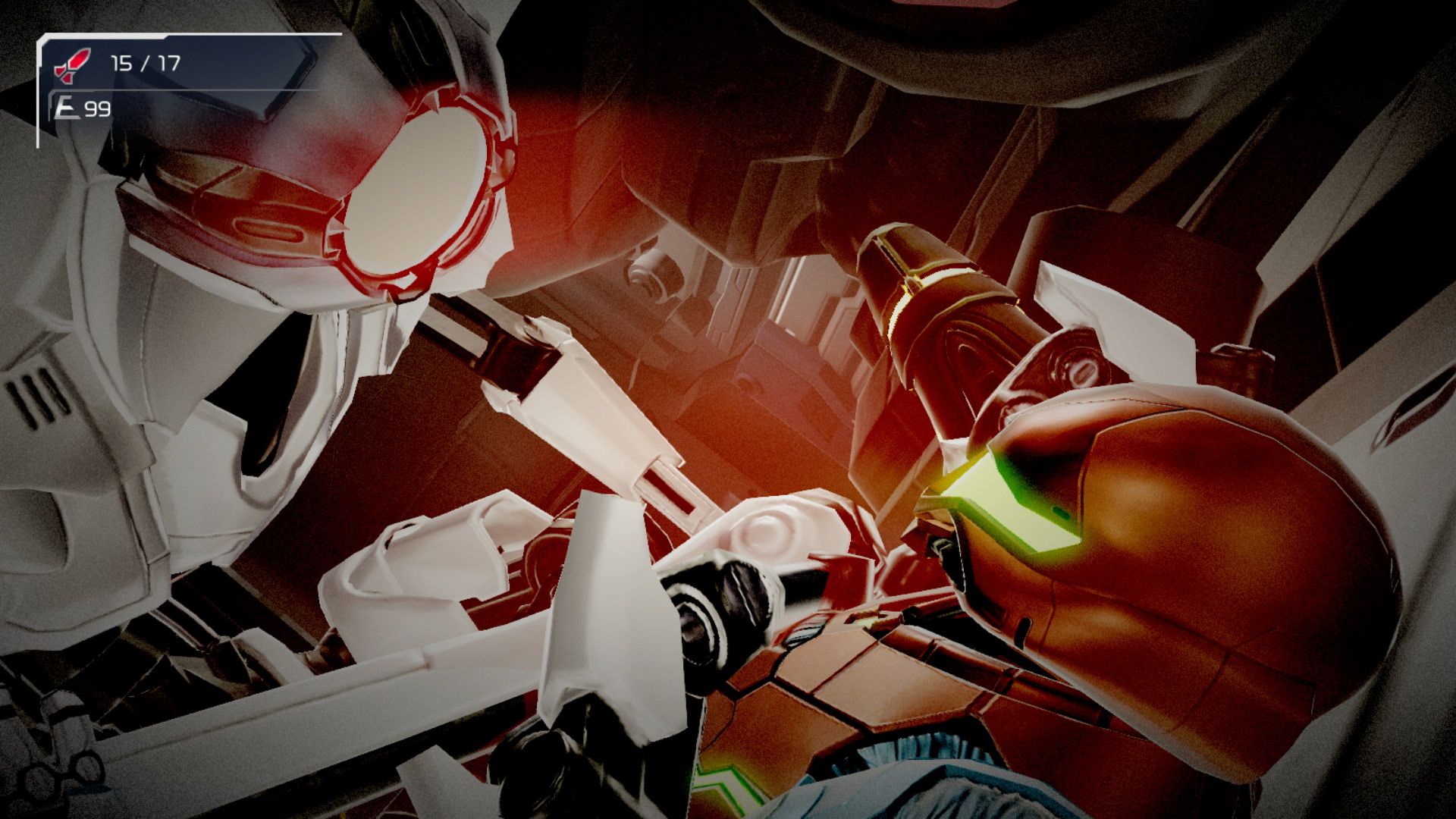
Then again, the rest of the game will do that too. Dread is much tougher than previous Metroids, especially its bosses, who I all died to at least a few times to each. However, these fights are nothing short of excellent – filled with multiple phases, recognizable patterns, and an acute sense that you’re improving marginally each time until you win. The fights are hard, but not cheap, and are often filled with enough ways to restock health or ammo that you can either play patiently or go missiles ablazing depending on the situation. Even routine exploration can drain your health quickly if you’re not careful. Thankfully, the previously mentioned autosaving is expertly done, and eases the pains of any untimely death. My only complaint is that there are two types of minibosses the game brings back repeatedly, especially in the latter half (if you’ve played it, you’ll know exactly which ones I’m talking about) — while not ever bad or even boring, these fights do feel stale once you hit the third or fourth time.
Even the smaller details are improved – one of the biggest issues with Samus Returns was the visual sameness of environments, but here each biome is distinct and memorable (even if the themes are often pretty simple: Water Level, Lava Level, Jungle Level, etc.). The map tells you where hidden items are in a more fruitful way, too. Even classic manuevers like walljumps and shinesparks feel simpler to execute (though the puzzles involving them can be just as brutal). It begs the question: with how much this game gets right, what does it get wrong?
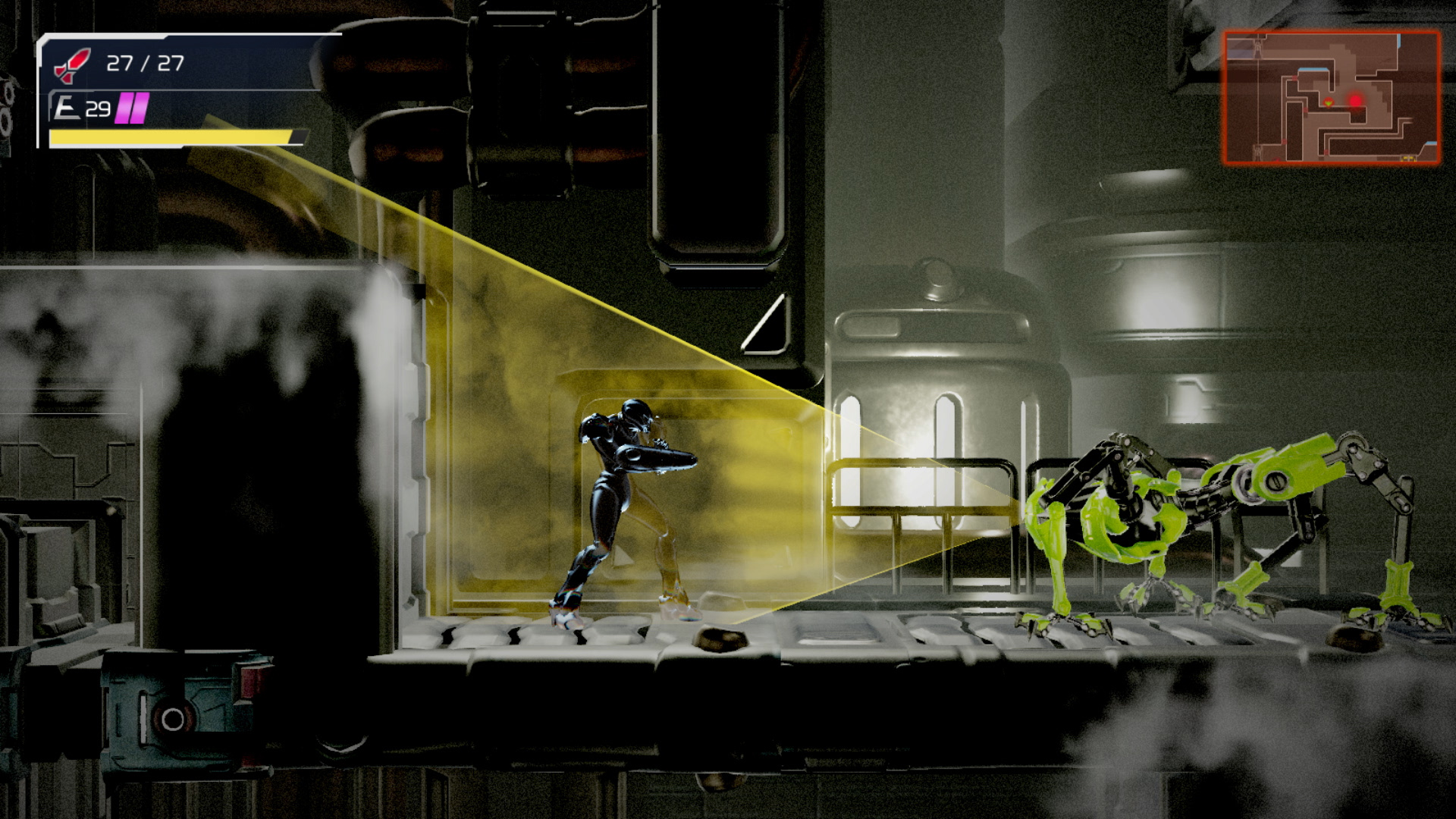
Well, there were a couple of “railroading” moments (times where part of the map is cut off to force you to go a certain way) and also the game isn’t quite as freeform with item collection as Super Metroid was (I got a Power Bomb Expansion before getting Power Bombs and it wouldn’t let me use them), but in general the game feels lacking in a more je ne sais quoi kind of way. Is it the fact that the upgrades, with a couple nice exceptions, are almost unilaterally the same as previous games? Is it that the E.M.M.I. are slightly underutilized, especially when they made up a huge part of the game’s marketing? Or is it just that the standards for Metroidvanias have gotten higher since this franchise’s hayday, with indie masterworks like Axiom Verge or Hollow Knight out-Metroiding Metroid?
It might be all or none of these reasons. But in regards to the last point, there is something very significant that Dread’s added back to the series, perhaps the most honored Metroid institution: sequence breaking. While I didn’t attempt it myself in my playthrough, Dread once again designs itself in a way where you can obtain certain upgrades before you’re “supposed” to, opening up new ways to progress through the game and offering insanely high replay value. While other games in the genre offer sequence breaking as a feature, there’s something wonderful about Metroid readopting it itself. Speedruns and discoveries are already popping up across the internet, and while this specific title is likely to not end up quite as hallowed as Super Metroid, it will hopefully still be loads of fun to pick apart.
In that sense, it’s a little hard to give a concrete number rating to the game right now, after one mere playthrough on my own end. It took just under 10 hours of game time to get 100%, but that didn’t account for all the deaths I had, which probably added several more hours of real time. For $60, it’s a game that’s phenomenally paced, never wasting a moment or padding the runtime to add some arbitrary sense of value – even then it’s probably the largest 2D Metroid game to date, and certainly doesn’t feel small and compact for even a moment.
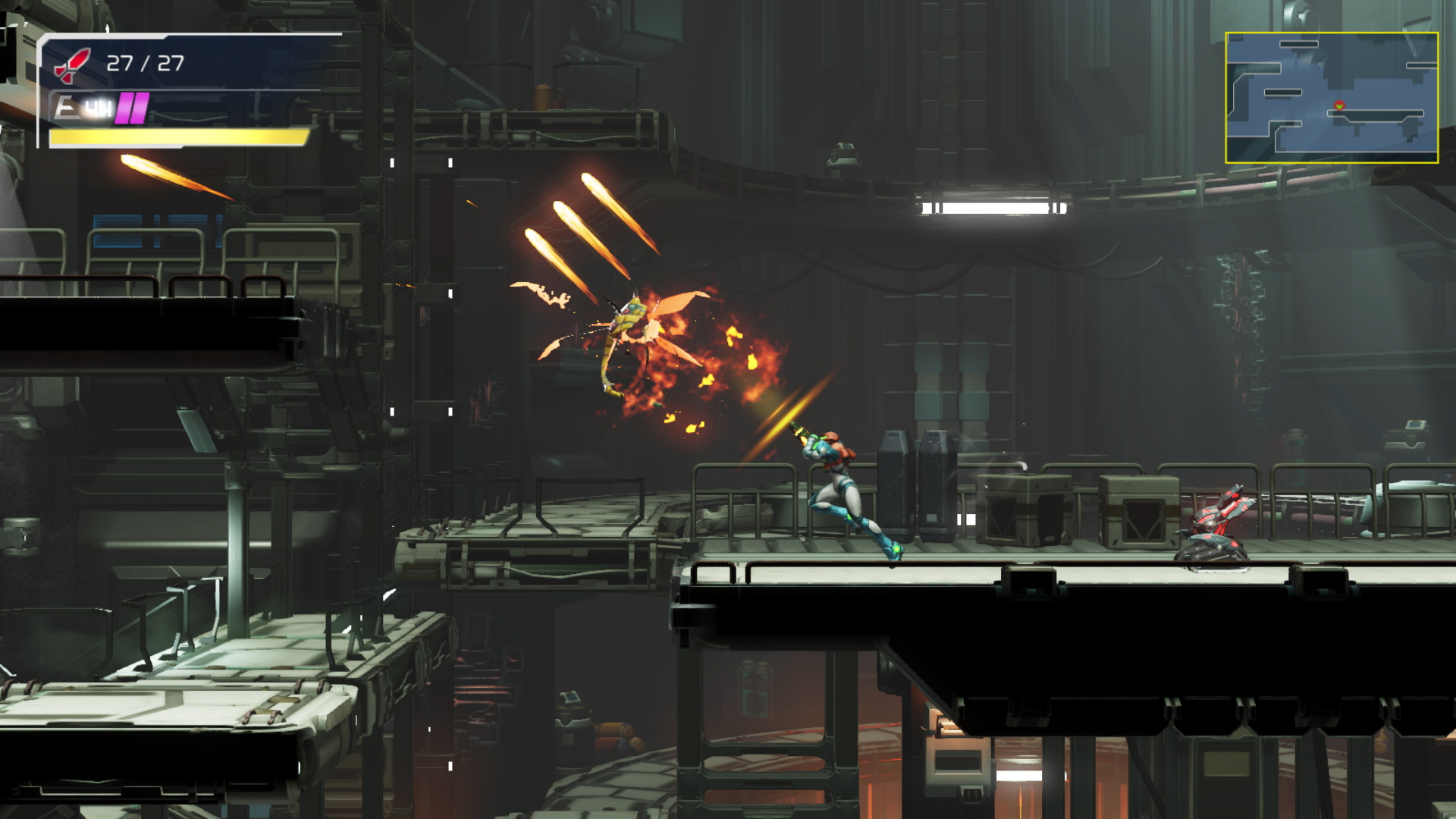
All of this adds up to make Metroid Dread one of the year’s most definitive releases, offering a compelling experience in just about every respect imaginable. I can’t remember the last time I played a video game and had the hours melt away in the background without me even realizing it. While it falls just short of being a masterpiece, Dread proves itself worthy of Metroid’s legacy with high fluidity, some fantastic setpieces, and a few particularly killer robots. We can only hope that this is not the end of Samus’s journey, but merely a new beginning – at the end of the day, the only thing I dread is this series returning to dormancy.
Leave a Comment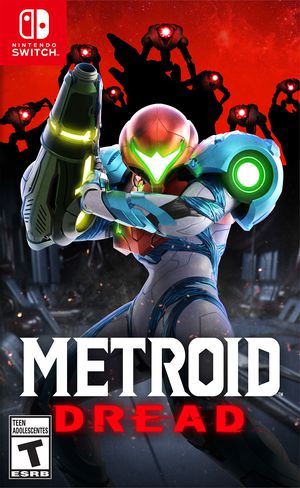
System: Nintendo Switch
Release Date: October 8, 2021
Categories: Platform, Adventure
Publisher: Nintendo
Developer: MercurySteam

